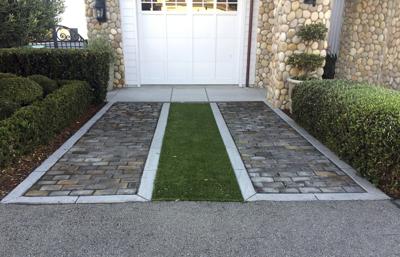Home Water Management Practices
Residential Low-Impact Development Strategies
One inch of rainfall creates approximately 623 gallons of water falling on a 1,000-square
foot roof. Slow it down and soak it in!
Low Impact Development or LID are methods and techniques that are used to slow down,
spread out and soak in stormwater on site. Incorporating these practices reduces the
amount of stormwater leaving your property and slows it down. Reducing the speed and
volume of water helps protects the receiving streams and minimize erosion. On the
reverse-side, there are options that may work for your home to help slow down, soak
in or spread out stormwater as it flows over your property.
Read more about why stormwater is an issue.
Download our Residential LID guide
Redirecting Downspouts
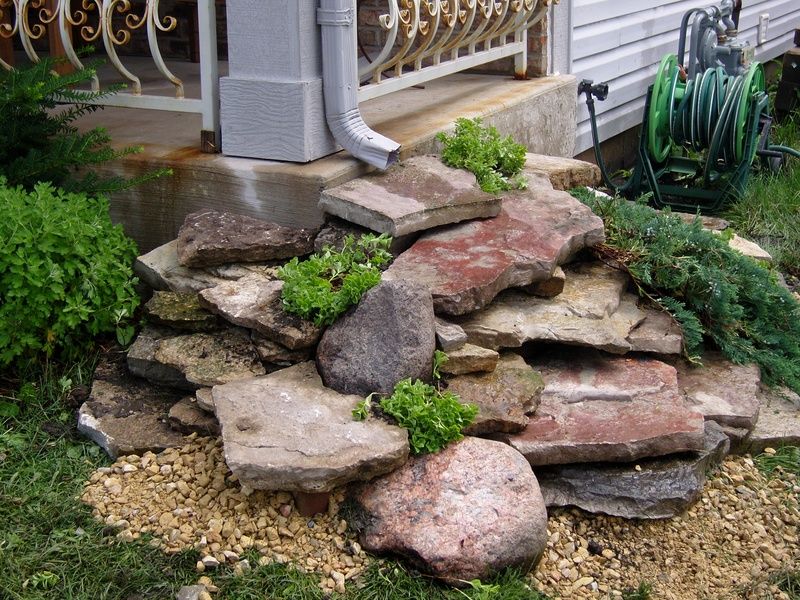
When it rains, stormwater runs over impervious hard surfaces picking up pollutants such as yard debris, trash, fertilizers, vehicle fluids, and pet waste, which are washed into storm drains that connect to local creeks. Downspouts transport stormwater away from buildings, often to a driveway or street into a storm drain that flows untreated to a creek. Interrupting the flow of stormwater runoff by keeping it on site and letting it soak into the ground, lessens the impact of stormwater downstream.
To slow stormwater runoff and reduce pollution, add a splash guard or extender to your gutter’s downspout to direct runoff to surfaces that can soak up water, such as a yard or garden. Washed out spots at the base of gutters can cause soil to wash away. Rain chains can be a simple, aesthetically pleasing alternative to downspouts that can minimize the velocity of stormwater.
Sometimes gutters are piped underground all the way to the street or sidewalk. This does not give the water an opportunity to slow down or soak in, creating potential runoff issues.
Download our Downspout Redirect Guide
Small Scale Bioswales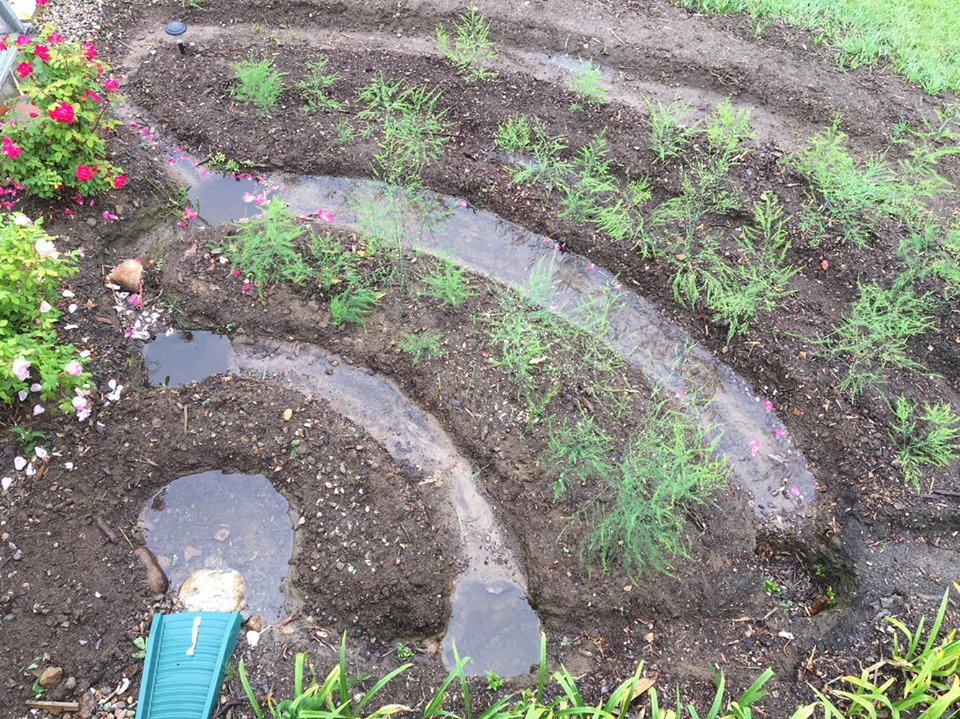
Also called a diversion berm, a bioswale is typically a vegetated channel with a parabolic or trapezoidal cross-section that can be used in place of a ditch to transport stormwater runoff from streets, parking lots and roofs. Vegetated bioswales can be planted with native grasses, shrubs, perennials, or a combination of these. Larger stone can also be used to break up concentrated flows of water and reduce velocity.
Rain Barrels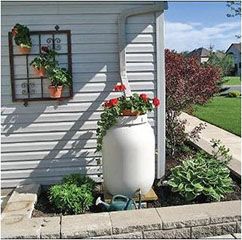
Rain barrels can be a creative option for redirecting downspouts with added perks. Harvesting stormwater with rain barrels can offer many benefits, including:
- Reducing use of treated water for home irrigation
- Lowering peak demands on public water systems
- Reducing stormwater runoff volume and velocity (which reduces potential for further erosion downstream)
- Get more information on how to make your own rain barrel
Cisterns have the capacity to harvest more water but can be more costly. What are your water needs?
Rainwater Cisterns: Design, Construction, and Treatment
Cisterns for Capturing and Reusing Stormwater
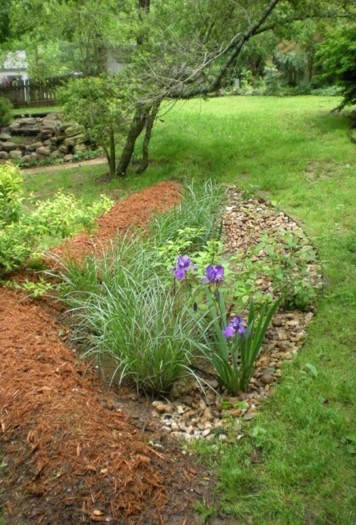 Rain Gardens
Rain Gardens
Rain gardens are landscaped depressions that collect rainfall. These bowl-shaped gardens are designed to capture stormwater runoff and allow it to slowly percolate into the soil, recharging groundwater and removing stormwater pollutants.
The garden’s flat bottom helps distribute rain water evenly across the planted area. Topsoil amended with compost and sand allows the water to slowly soak into the ground within a few days so there is no standing water to breed mosquitoes.
How and Why to Build a Rain Garden
Porous Pavers
Sidewalks, driveways or even patios spaces can become areas that allow water to sink in rather than runoff. Pavers need to have sub-basin designs that provide a space for water to go as it passes through the pavers.
Consider what long-term maintenance your pavers may require. If they become clogged with sediment or debris, they are no longer functioning to allow water to soak in.
Penn State Extension: Porous and Permeable Paving Materials
Green Roofs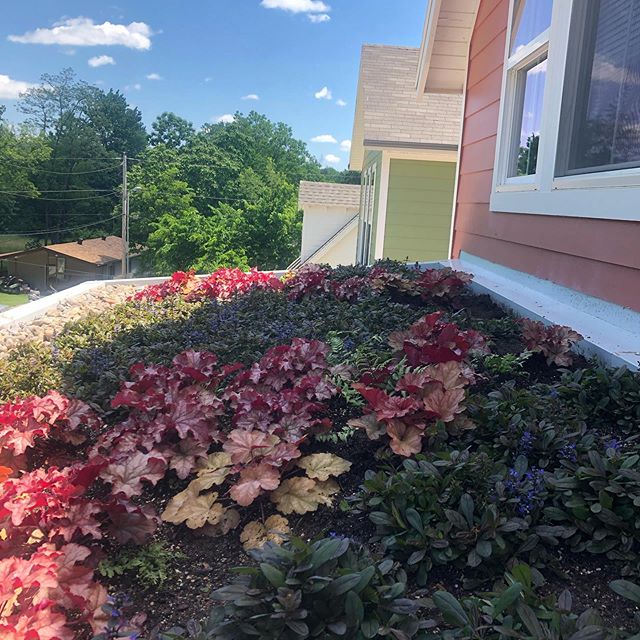
A green roof is simply one that fosters the growth of vegetation. The general design of a green roof consists of four distinct layers: an impermeable roof membrane and root barrier, a drainage layer, lightweight growth media, and adapted vegetation.
Extensive green roofs are a surface treatment for rooftops, typically less than 6 inches in depth, involving the addition of growth media and plants to create a sustainable green space on a flat or nearly flat roof.
Intensive green roofs have deeper soil beds allowing more type of vegetation but are more expensive.
Terraced Landscapes
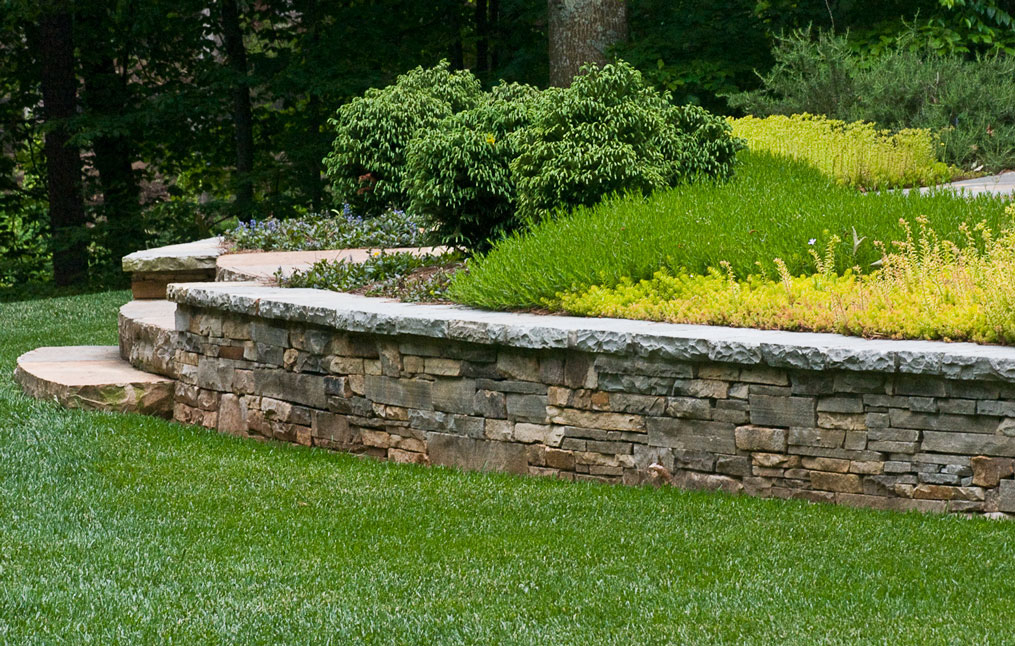
Sloped landscapes create the potential for erosion. Terracing the slope by creating a structural wall on the downslope face can slow down excess runoff. Planters can be used for added green space.
Cost and the ability to do this project yourself depends greatly on the scale of the project. Small slopes may be fixed with manual digging and hand placed rocks. Larger slopes will require heavy excavation and may use large rocks or retaining walls. Some may even need underdrains to help move the water once the area is saturated.
